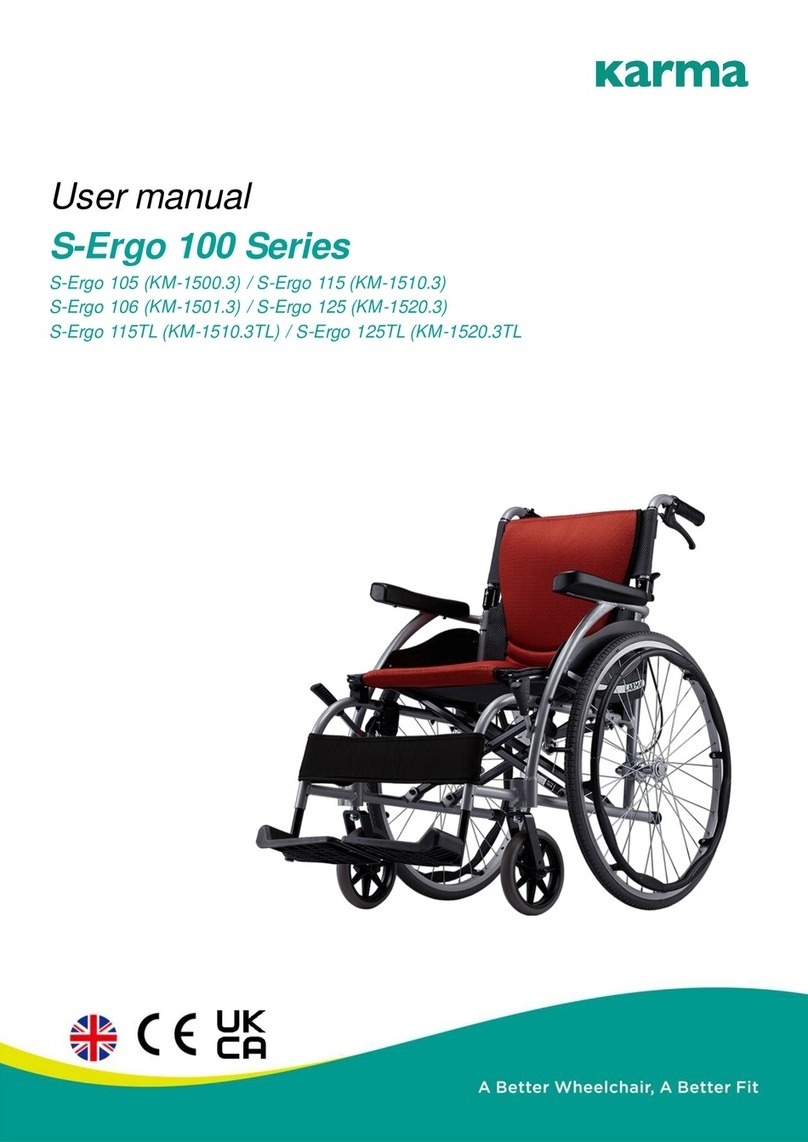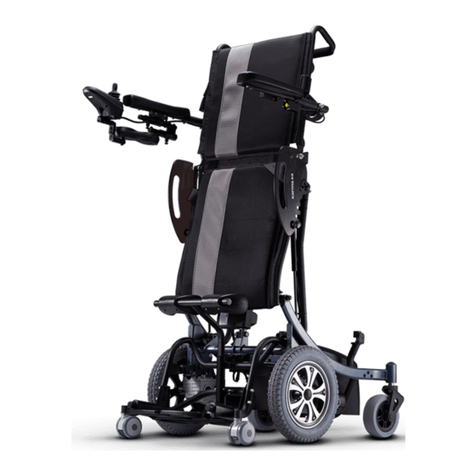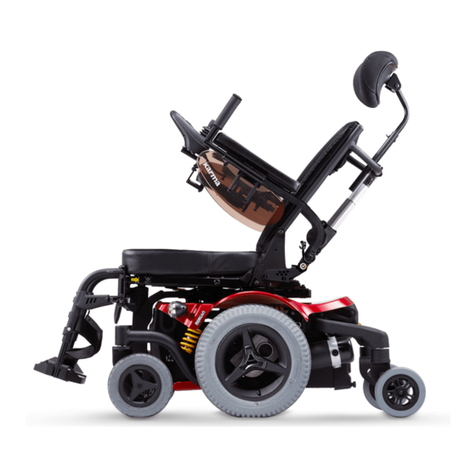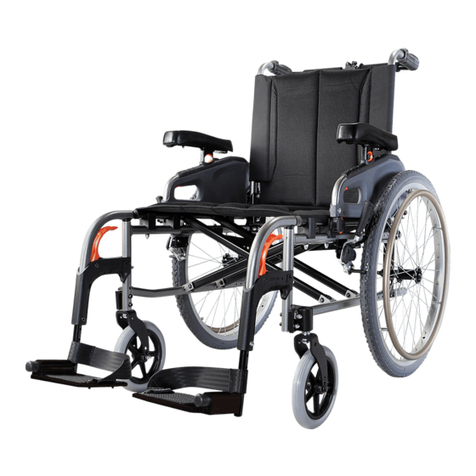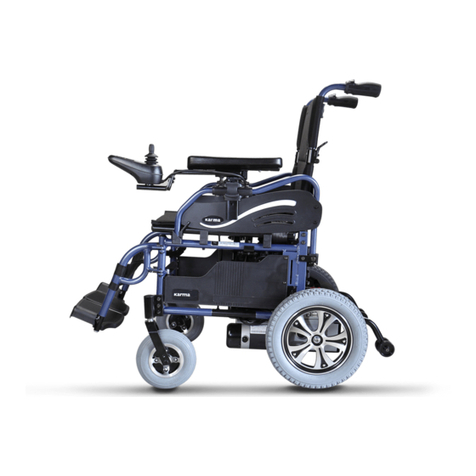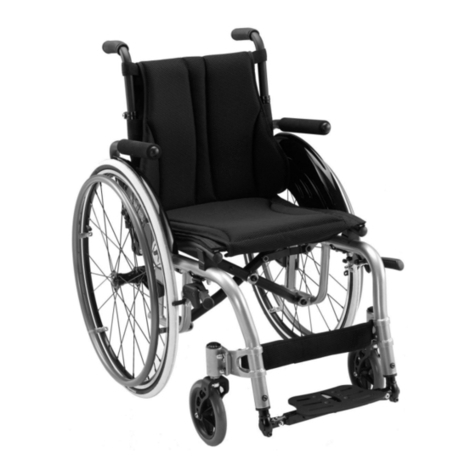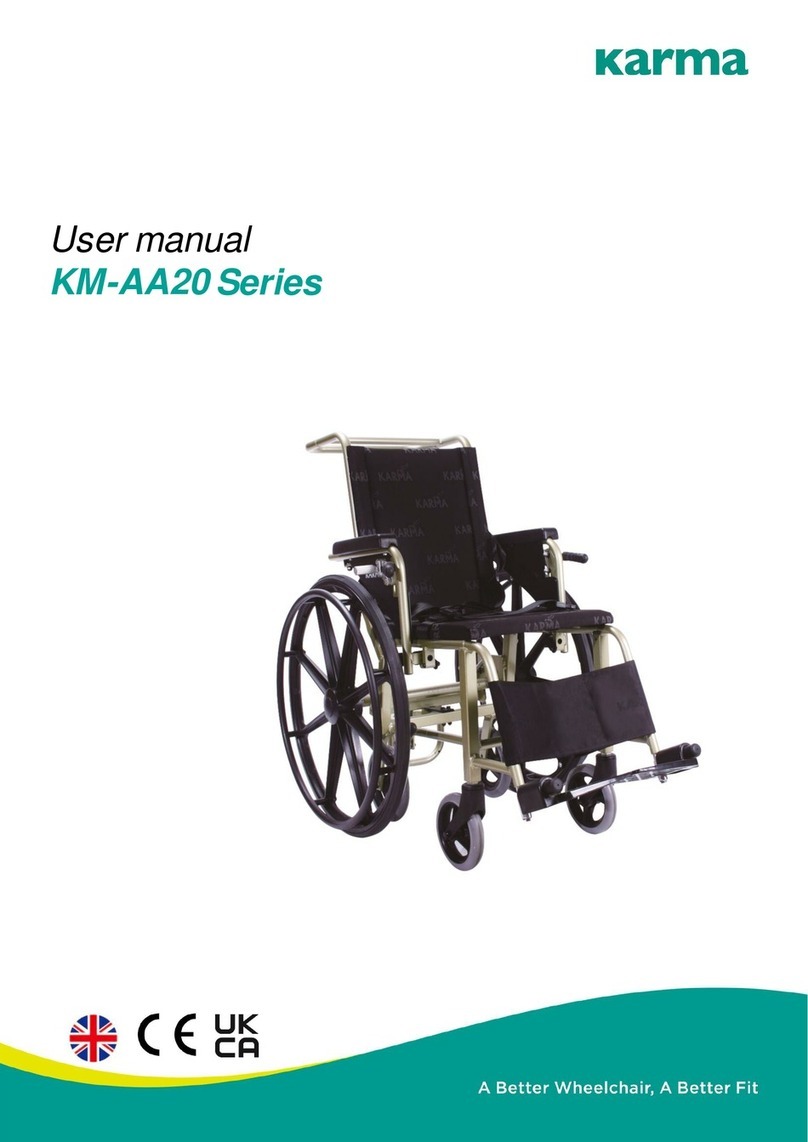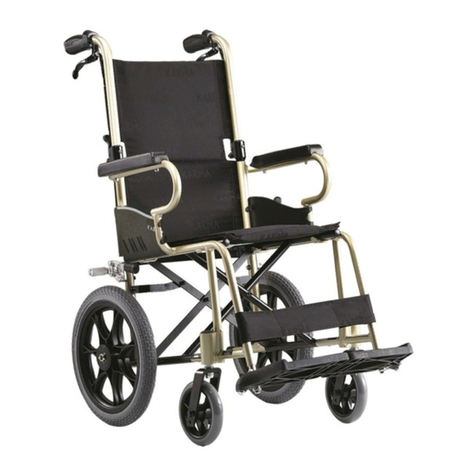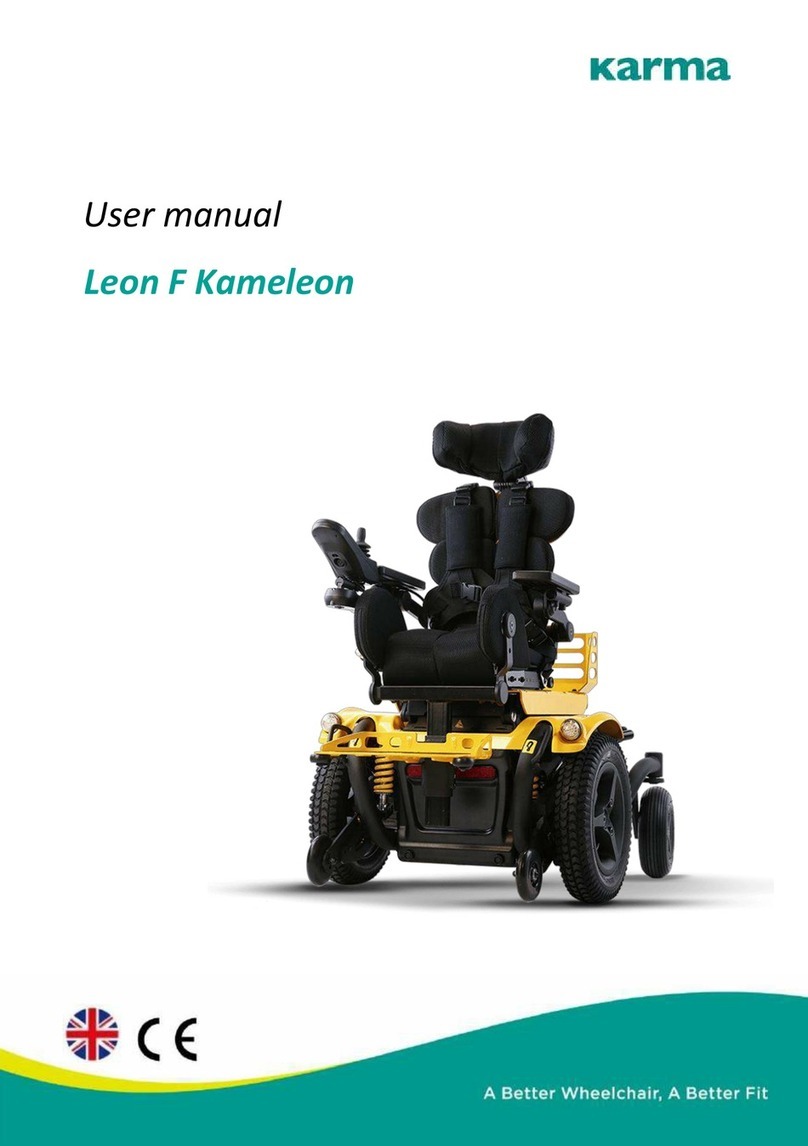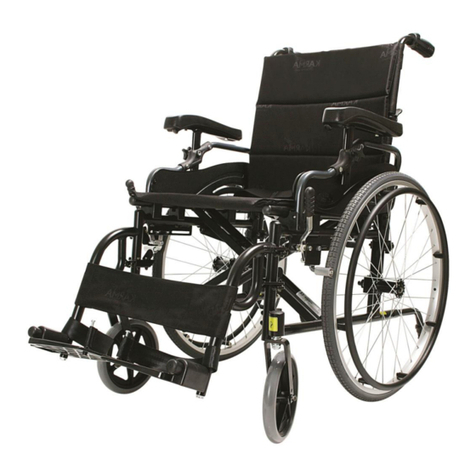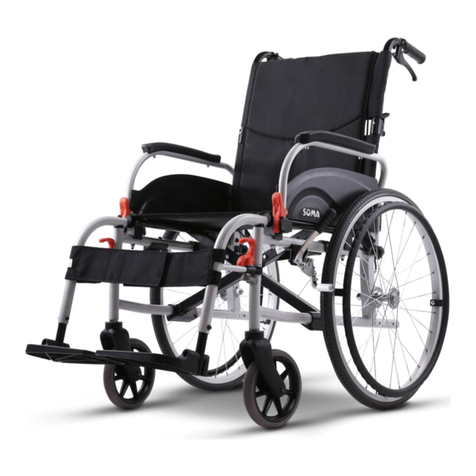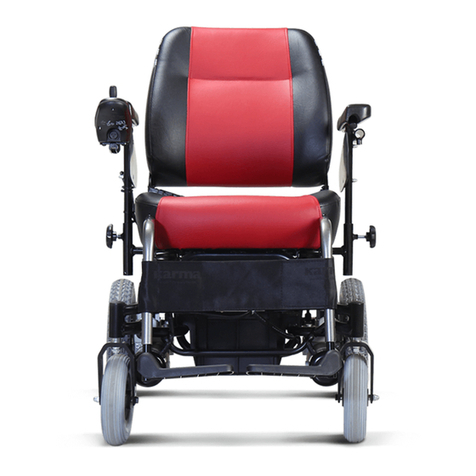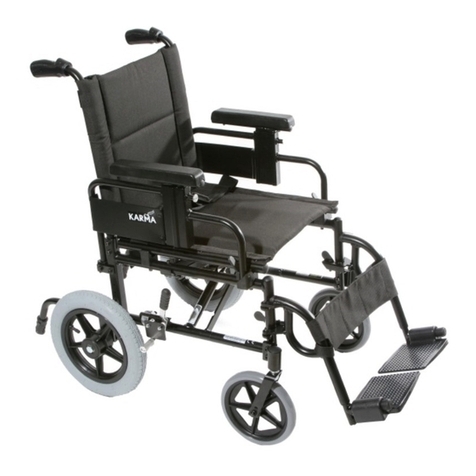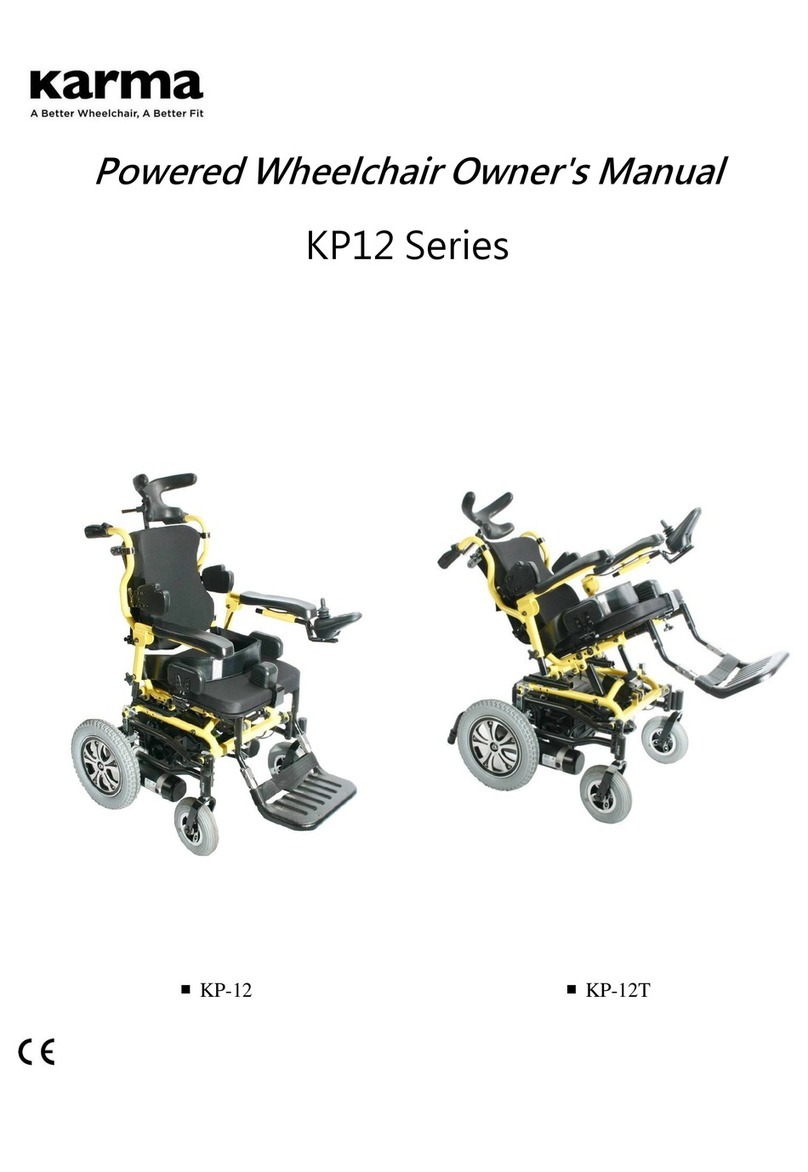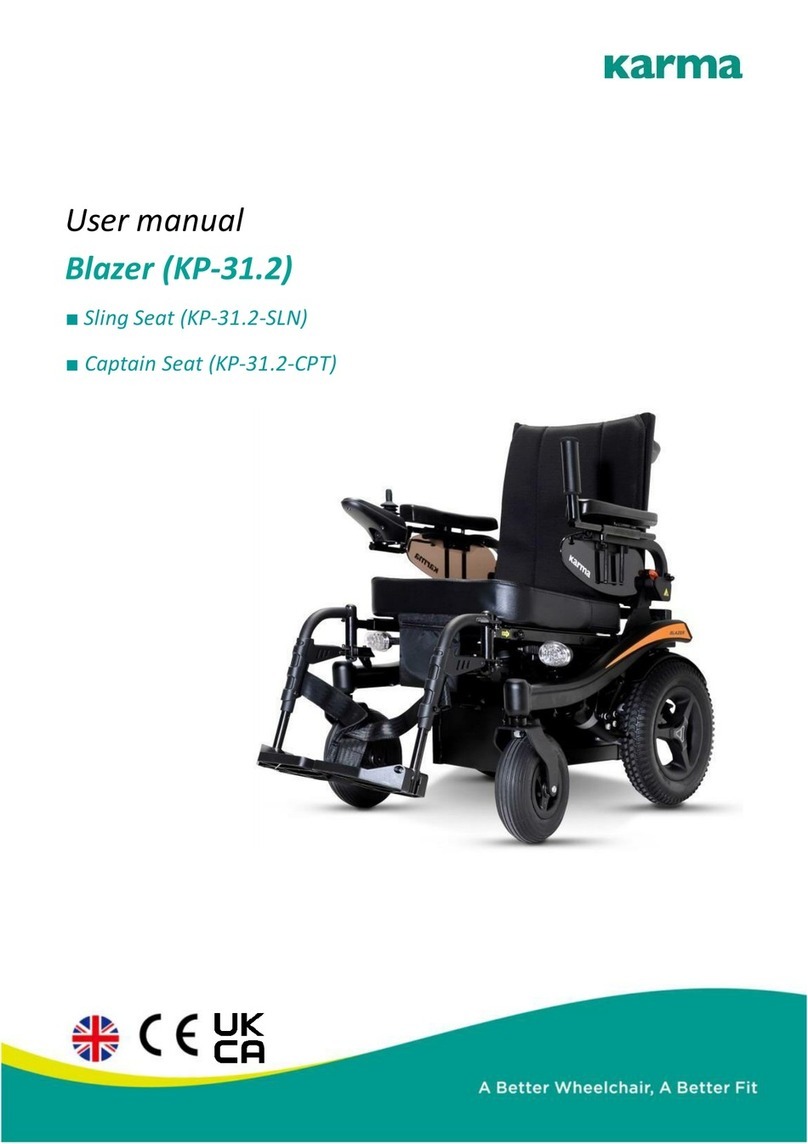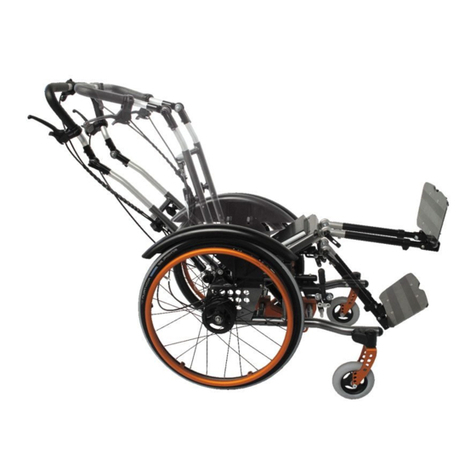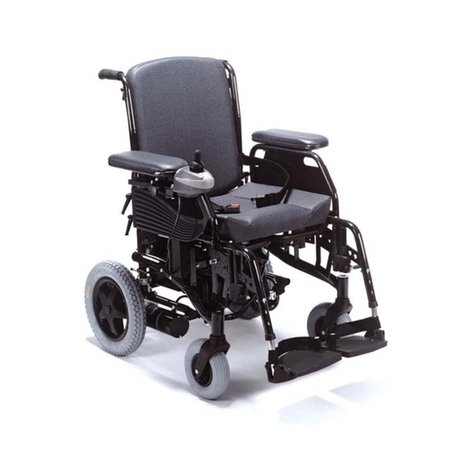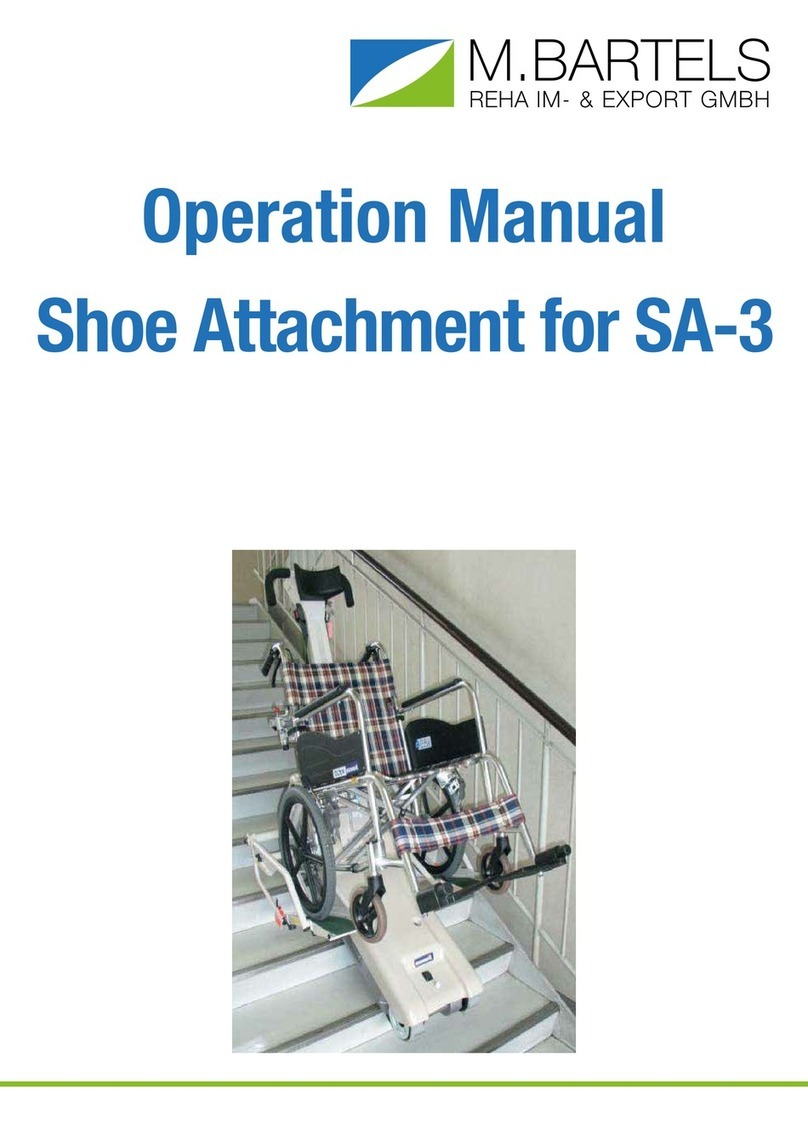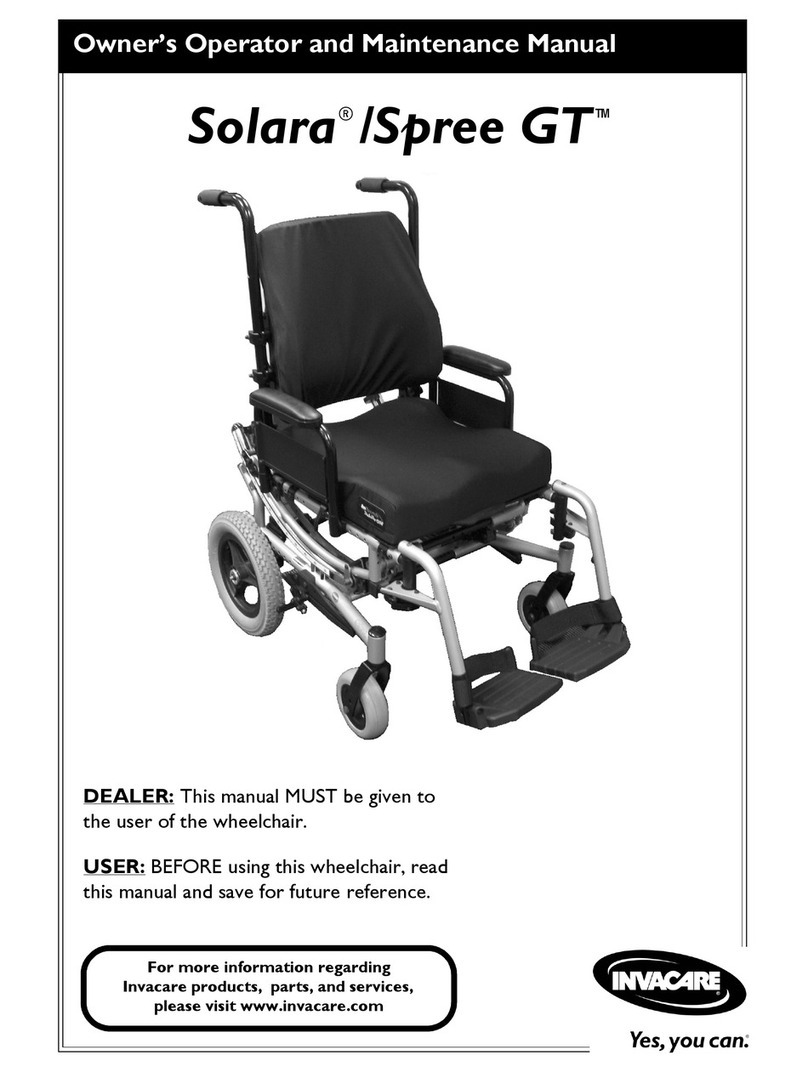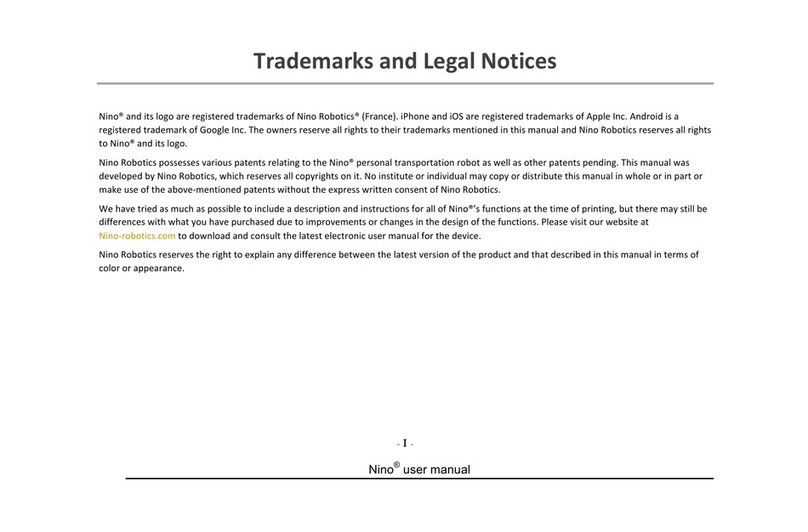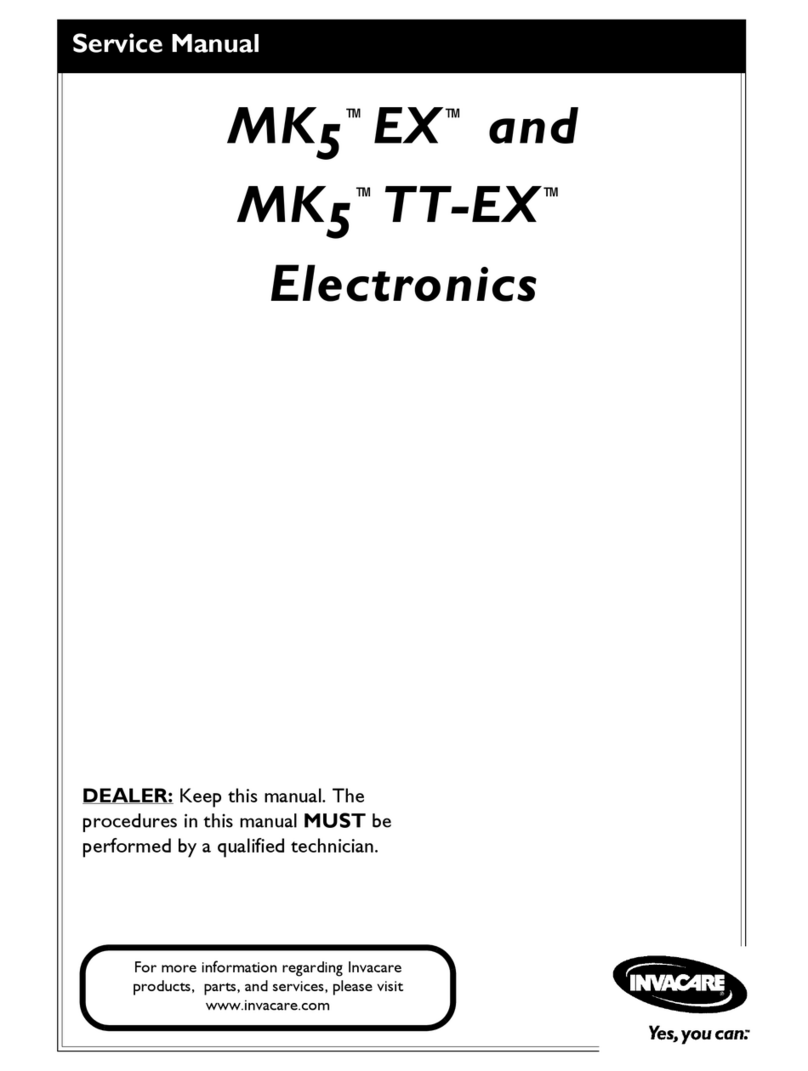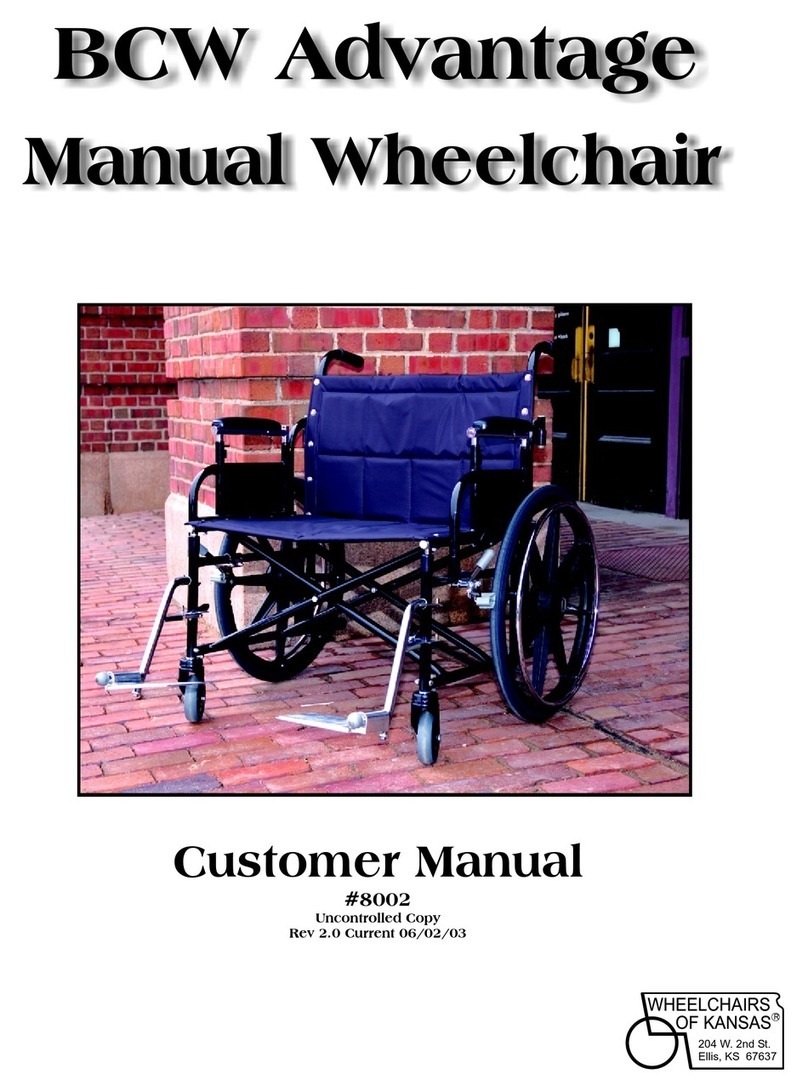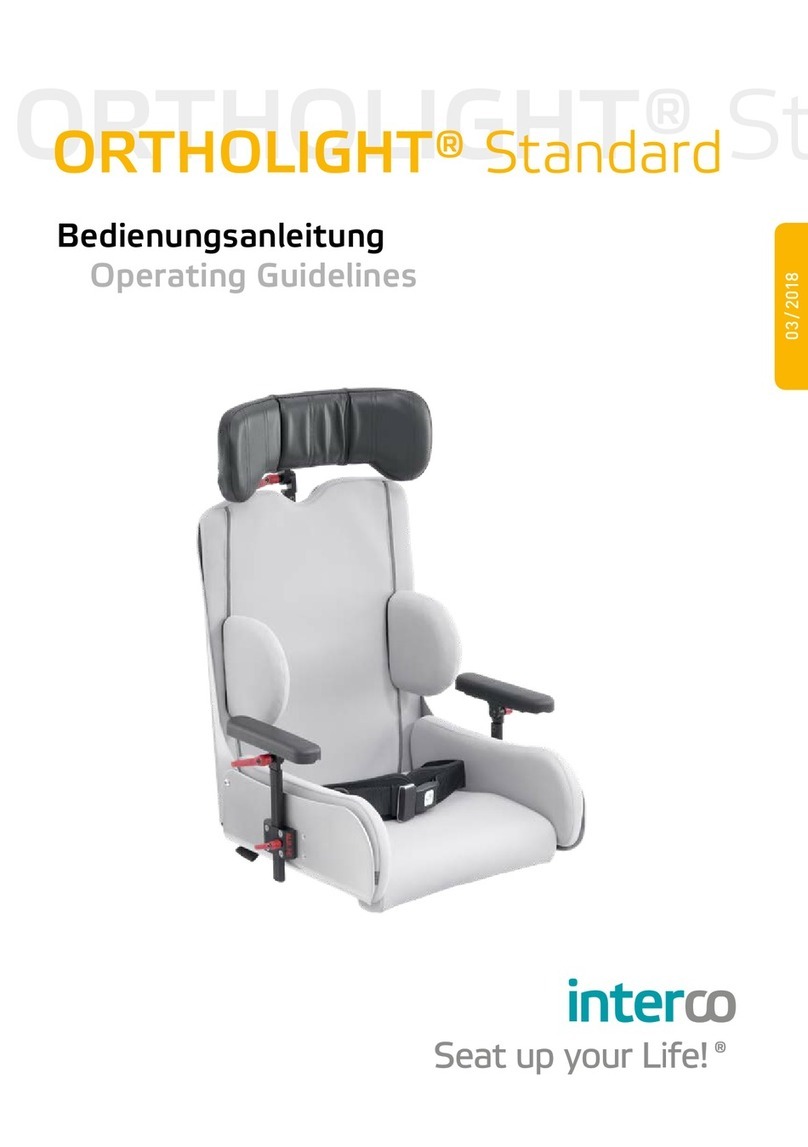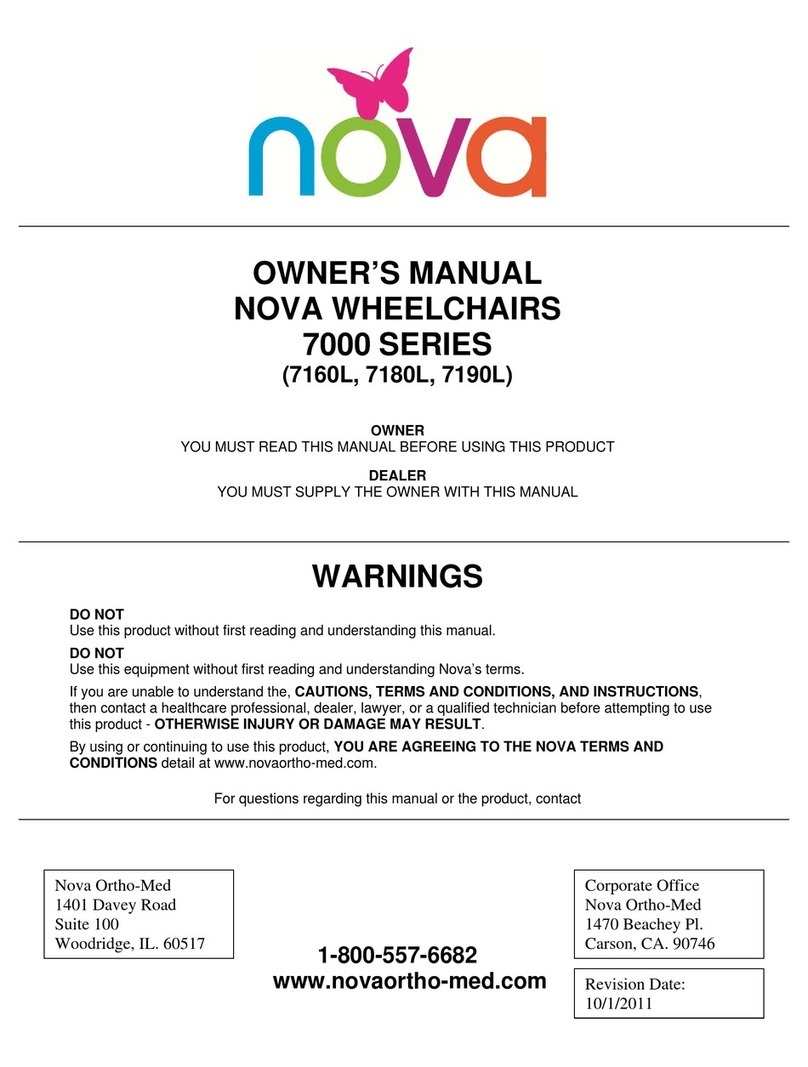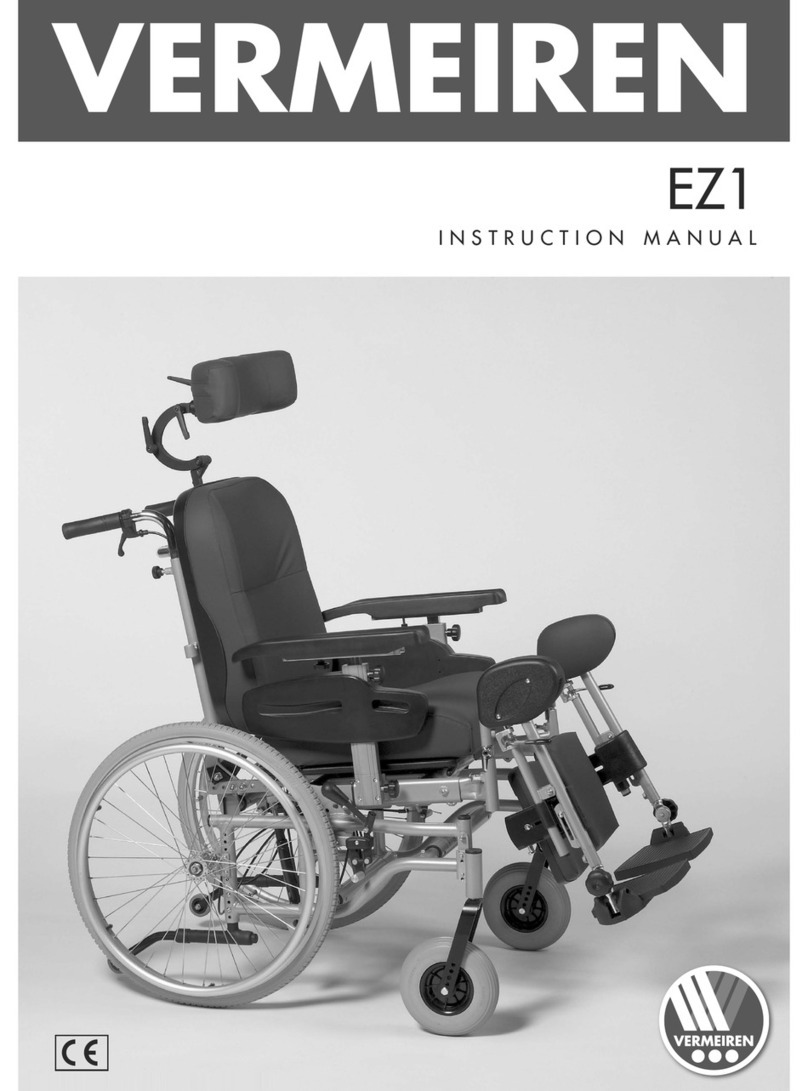
TABLE OF CONTENTS
1. PREFACE...........................................................................................................................................................................1
2. SAFETY ..............................................................................................................................................................................2
2.1 DOORWAYS................................................................................................................................................................2
2.2 LEANING......................................................................................................................................................................2
2.3 NEGOTIATING INCLINES.........................................................................................................................................2
2.4 KERBS...........................................................................................................................................................................2
2.5 STAIRS..........................................................................................................................................................................3
2.6 STREETS.......................................................................................................................................................................3
2.7 GENERAL.....................................................................................................................................................................4
2.8 UPHOLSTERY..............................................................................................................................................................4
2.9 ANTI-TIPPERS.............................................................................................................................................................4
2.10 MAXIMUM USER WEIGHT LIMIT......................................................................................................................5
2.11 AVOID GENERAL MISUSE....................................................................................................................................5
2.12 LABELING..................................................................................................................................................................6
3. INTENDED USE & PARTS......................................................................................................................................7
3.1 INTENDED USE ..........................................................................................................................................................7
3.2 STAR WITH WITH 24〞REAR WHEEL PARTS DESCRIPTION......................................................................8
3.3 STAR 2WITH 24〞REAR WHEEL PARTS DESCRIPTION............................................................................9
3.4 STAR 2WITH 14〞REAR WHEEL PARTS DESCRIPTION S......................................................................10
4. OPERATION ................................................................................................................................................................11
4.1 PREPARING FOR USE............................................................................................................................................11
4.2 TRANSFERRING IN AND OUT.............................................................................................................................15
4.3 GENERAL USE.........................................................................................................................................................17
4.4 STORING...................................................................................................................................................................21
4.5 TRANSPORTATION.................................................................................................................................................21
4.6 PELVIC BELT (OPTION).........................................................................................................................................24
5. INSPECTION AND MAINTENANCE ............................................................................................................25
5.1 DAILY CHECK ..........................................................................................................................................................25
5.2 REGULAR MAINTENANCE RECORD.................................................................................................................26
6. OPTIONS AND ACCESSORIES........................................................................................................................28
7. TROUBLESHOOTING ............................................................................................................................................28
7.1TROUBLE OR PROBLEMS WITH YOUR WHEELCHAIR...................................................................................28
8. SPECIFICATIONS......................................................................................................................................................29
9. CLEANING & RECYCLING..................................................................................................................................30
9.1 CLEANING................................................................................................................................................................30
9.2 POST-CONSUMER RECYCLING.........................................................................................................................30
10. WARRANTY..............................................................................................................................................................31
10.1 SERIAL NUMBER..................................................................................................................................................31
10.2 WARRANTY POLICY...........................................................................................................................................31
